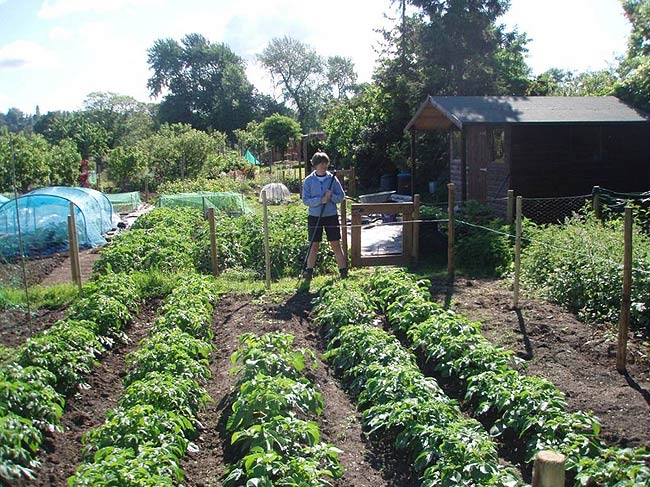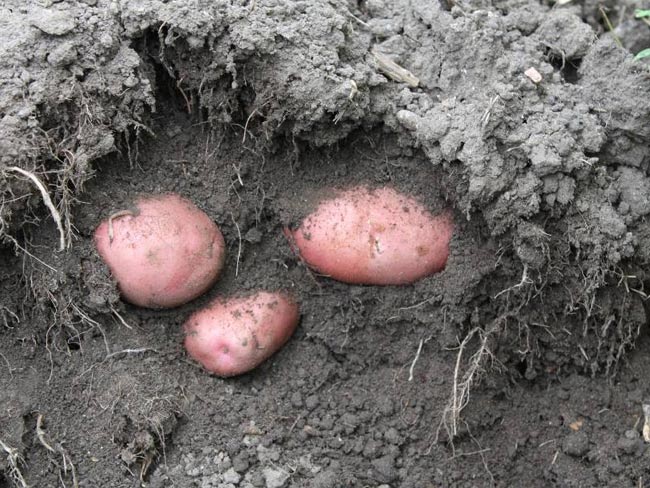There was rather a flurry of news coverage last year about the role that amateur growers had played in spreading potato blight during last summer.
Allan Stevenson, Chairman of the Potato Council said. “… the blight risk is real and it would be preferable if people bought healthy, well produced potatoes from their retailer rather than grow their own.”
Some of the analysis at the time seemed to be over simplistic, suggesting that professional growers were the only ones who knew what they were doing. Whereas in reality the very different growing regimes require different approaches.
Amateur growers know that they have no serious chemical options available and therefore rely on good to minimise the impact, and spread, of blight and ensure a crop that can be stored. Good practice here is based on the level of individual plants.
Commercial growers have access to fungicides that control blight, but the scale of a farm-scale operation makes individual plant husbandry impractical. Good practice here is based on the crop as a whole.
So we have two different styles, both of which I would regard as equally valid.
However, in conversation with a farmer last summer I was told that the weather was so bad that sprays were being washed off before they had chance to work. Thus making the blight situation far worse than usual in the commercial sector.
This January, a comment piece by Liaa Leendertz in the RHS’s Garden Magazine advocated giving up “tricky annual crops” such as potatoes. This is a position with which I heartily disagree. On practical grounds, it is relatively easy to grow a reliable crop of potatoes (as an amateur) through careful selection of varieties and good husbandry. I know from conversations with other growers that we are not the only people still using sound potatoes stored from last year’s crop.
Practicality is only half the story. A main reason why we will continue to grow potatoes on the allotment is romance. The emergence of the fresh green shoots in April and May is a real sign that spring has arrived.
Then when it comes to harvest time, is there any crop that epitomises the accrual of buried treasure as much as potatoes. Root crops offer a venture into the unknown, but each carrot top is one carrot (however good bad or indifferent), whereas each potato haulm is a signifier of an unknown trove waiting to be discovered.
So our recommendation is be practical:
- choose varieties that are disease resistant;
- choose varieties that will grow well in your climate and soil;
- feed them well;
- stay on top of weeds and pests; and
- monitor carefully for signs of disease and act accordingly.
Then you can enjoy the romance of harvest time.


